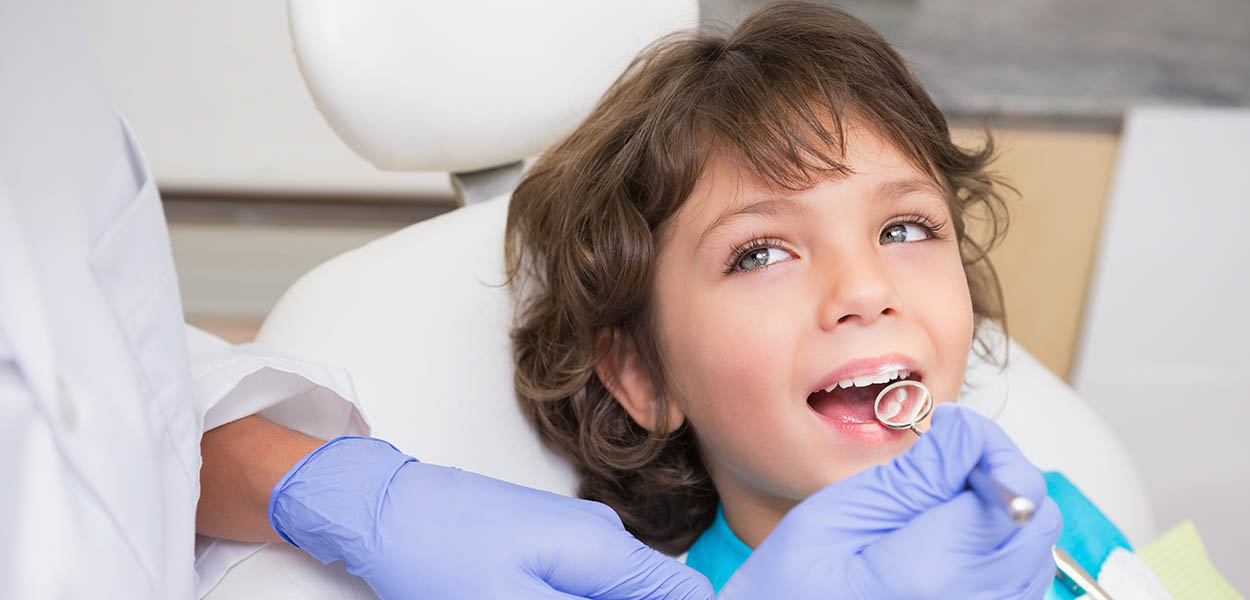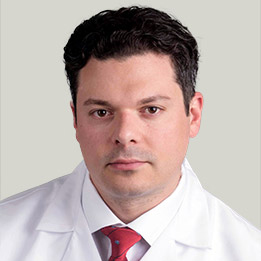Making the Case for Rapid Palatal Expansion

GRAYSLAKE AND KENILWORTH, ILLINOIS – The American Association of Orthodontists has promoted for years the idea of having children evaluated by an orthodontist by the time they reach age 7.
While no treatment is required at this age in many cases, identifying problems when they do exist in a growing child can be pivotal in terms of noninvasive solutions.
Rapid palatal expansion is one treatment that only works on young patients whose growth is incomplete. Family orthodontist Dr. Michael Stosich uses RPE to correct a variety of malocclusions in patients at his practice in Grayslake. Orthodontics for children who require Phase I treatment – treatment that occurs when the child has a mixture of baby and adult teeth – doesn’t always require the use of an RPE.
Palatal expansion is done only when there are problems associated with a narrow upper palate, including crossbite and crowding. Studies suggest an RPE also can prevent extractions and modify growth to allow the upper and lower jaws to grow properly in relation to each other. There also is research that suggests expansion can be helpful when the canines in the upper jaw are impacted and are prevented from erupting naturally.
The RPE is a metal appliance that is a popular tool in Phase I orthodontic treatment.
It is situated in the roof of your child’s mouth and held in place by two bands around the back molars, or cemented in place. A key-like device is used to turn the expander slightly day by day, which slowly widens the upper palate by stretching the center palatal connective suture. The RPE can only be used in children whose growth is incomplete because the connective suture has not yet fused together.
Dr. Stosich, a pediatric and adult orthodontics specialist, only uses custom designed and fabricated RPEs for each patient’s unique palatal anatomy to take corrective measures that incorporate a child’s growth into treatment and make it possible for him to achieve sometimes drastic movements that lead to the creation of ideal alignment and bite.
Rapid palatal expansion typically takes several weeks or months to complete. Your child is unlikely to feel much pain during the process, but she may feel some pressure above her nose and in her cheeks during the initial few turns. Speech difficulties are rare and the child quickly adapts as she becomes accustomed to the appliance being in the roof of her mouth. It is common for a space to appear between the front two upper teeth after a couple of weeks of expansion. This is desired and a positive result indicating that the maxillary suture is being expanded, Dr. Stosich says.
Children who have an RPE should avoid chewy, sticky foods such as gum and caramels, as they can get caught in the appliance. Hard, crunchy foods such as carrots and apples also should be avoided unless cut into small pieces. Bending or breaking the RPE will slow treatment time, Dr. Stosich says.
“When your child’s expander is first placed, we recommend a diet of soft foods and treats of Popsicles or ice cream to help soothe and relieve any soreness,” he says. “You also can give her a mild pain reliever if necessary.”
The only way to know if a rapid palatal expander is necessary is to have your child seen by an orthodontist who can conduct a comprehensive evaluation that includes photographs and X-rays.
“Remember, not all orthodontists are the same, and a one-size-fits-all approach to expansion is not the way to go,” Dr. Stosich says.
As the craniofacial orthodontist at the University of Chicago, Dr. Stosich’s expertise in modifying jaw growth in pediatric patients is unparalleled. Dr. Stosich also employs various methods and techniques of expansion for his cleft palate patients.
Our consultations are free and include a treatment plan recommendation. Please call our office today if you have any questions about rapid palatal expansion, or you wish to schedule an appointment.
© 2013 Dr. Michael Stosich. Authorization to post is granted, with the stipulation that Dr. Michael Stosich are credited as sole source. Linking to other sites from this article is strictly prohibited, with the exception of herein imbedded links.


